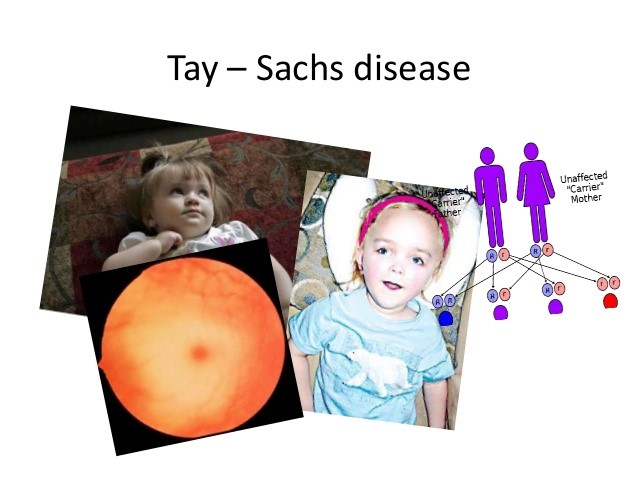Cure for Tay-Sachs Disease
November 6, 2019
Infantile Tay-Sachs Disease is characterized by the rapid destruction of nerve cells in the brain and spine.
It is a rare genetic disorder that progressively destroys a person’s motor skills and is primarily found in Ashkenazi Jews.
As the disease progresses, the infant loses its ability to see and hear.
Seizures become commonplace and intellectual disabilities quickly heighten.
Up until now, there has been no known treatment or cure. Children with this disorder very rarely live past early childhood, making Tay-Sachs one of the most horrific diseases. On October 29, 2019, however, researchers from the University of Massachusetts reported the first-ever successful Tay-Sachs gene therapy. “Buckle your seatbelts,” commented Fyodor Urnov, Ph.D., a gene therapy expert at the Innovative Genomics Institute, UC Berkeley, on Twitter.
“A gene therapy early-stage success for Tay-Sachs!!!”
The leading researcher, Terrence D. Flotte, commented that “he adeno-associated virus (AAV)
gene therapy—AXO-AAV-GM2—had been successfully administered in both children and has been well-tolerated so far, with no serious adverse events or clinical abnormalities related to the therapy.”
Despite the positive results, the therapy is a very extensive and complicated procedure.
It involves bilateral intrathalamic and intrathecal injection of the virus in an effort to deliver a widespread distribution of the replacement enzyme—hexosaminidase A (HexA) throughout the brain and central nervous system.
Tay-Sachs is caused by the inability to breakdown lipids in the brain. Patients who have this condition lack a vital enzyme which is used in the breakdown of fatty substances.
IMAGE COURTESY OF SLIDESHARE











Kim • Feb 15, 2021 at 10:41 am
This is marvelous. Why is not this kind of stuff in the mainstream media? I’m so sick of the political carnival-we’re missing out as a society on other things.